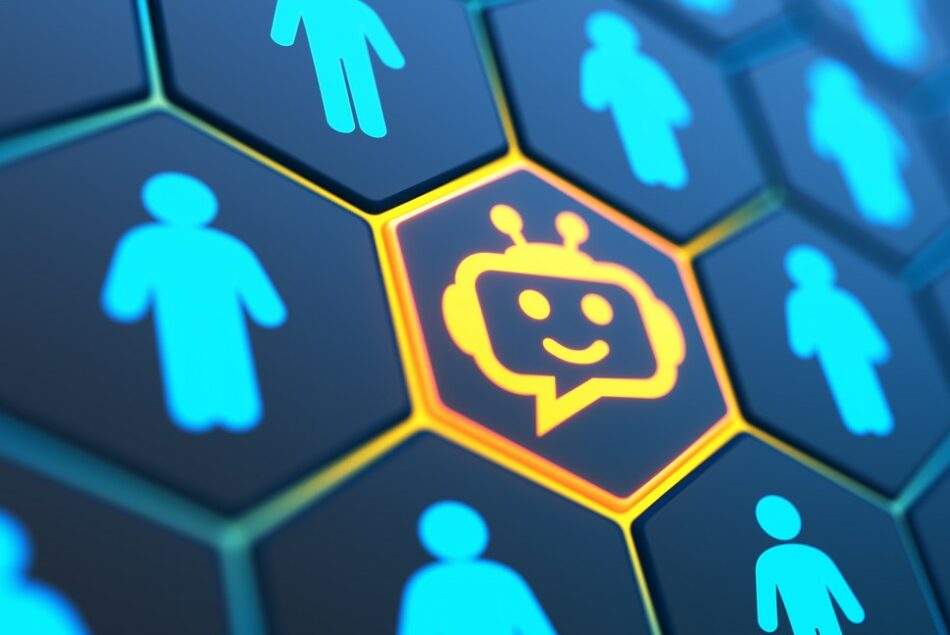[ad_1]
“The future is already here; it’s just not evenly distributed,” wrote William Gibson in his 1984 novel Neuromancer. Supply chain and procurement executives should urgently pay heed to the need to make sure it is distributed to them, said Jay Koganti, vice president supply chain at the Center of Excellence of Estée Lauder, during a presentation titled “AI Trends Transforming Supply Chain – and How Leaders Should Respond,” at the DPW New York conference June 11. That’s because the promise of artificial intelligence for supply chain operations is huge. It could do more to accelerate the journey of supply chain operations from the backroom to the boardroom than any other change.
That’s because supply chain itself is huge, Koganti argued. In any given country’s economy, it represents around 20% to 30% of GDP. It employs 450 million people globally, and contributes $1.45 trillion to U.S. GDP alone.
Of course, AI is already in use in the supply chain, adding its capabilities to myriad other efforts to optimize operational efficiency. But there’s a shift going on, and you need to be on top of it, Koganti warned. AI started as algorithms; now it’s showing off its semantic side (self-learning, analyzing, even decision-making), and what’s emerging is its incredible promise in terms of spatial computing and extended reality (XR).
“Human agency will continue to steer the AI age,” said Koganti, augmenting human decision-making in more and more useful (and possibly scary) ways.
Koganti urged the procurement audience to look for what’s referred to as “foresight function” in planning tools, which is capable of enhancing data analysis, scenario generation and trend identification, allowing for more informed and proactive decision-making, albeit with human oversight.
The eternal problem is that you can receive timely, accurate information, but it’s tricky to know what to actually do with it. Koganti gave the example of the Greeks’ response to the news that the Persians were on their way to invade in the fifth century BCE: Athenian politician and general Themistocles’ response was to urge the building of a navy (which turned out to be devastatingly effective). What if they’d instead built a wall, or tried to form alliances with nearby democracies? Those would have been reasonable responses, but likely would have ended in defeat. In theory, AI would come up with the best of all credible options.
AI agentic orchestration is another one to watch, where AI agents have sufficient autonomy to execute business decisions, like a human assistant. Koganti said this is the fastest-growing use of AI in supply chain, especially when it comes to forecasting, procurement and fulfillment. He sees a near future in which there are multiple agents, each with their own realm of responsibility, such as shipping, pricing and forecasting. “You’ll be able to have an agent like you have a human resource,” he said.
Other developments to watch for, according to Koganti, include computer vision, which combined with robotics offers the ability to scan store or warehouse shelves and automatically issue order for replenishment,. There are already nine billion cameras in the world (seven billion of them in phones). Putting a brain behind those would be “very powerful,” he said.
AI will also come to the fore to help companies manage their carbon footprint, greenhouse gas emissions and other sustainability issues, especially reporting, Koganti said, and not least Scope 3 emissions, which are currently the bane of supply chain sustainability.
He also pointed to quantum computing, which promises to offer lightning-fast computation far in excess of current speeds, and which he says will foster the next generation of optimization in supply chains.
Koganti sees a future in which all these capabilities will cause organizational transformation. “Jobs will change,” becoming either automated, segmented or orchestrated by AI.
Humans will still be very much in the picture, he argued, but one of the most important elements in the relationship between human and machine will continue to be trust.
[ad_2]
Source link



